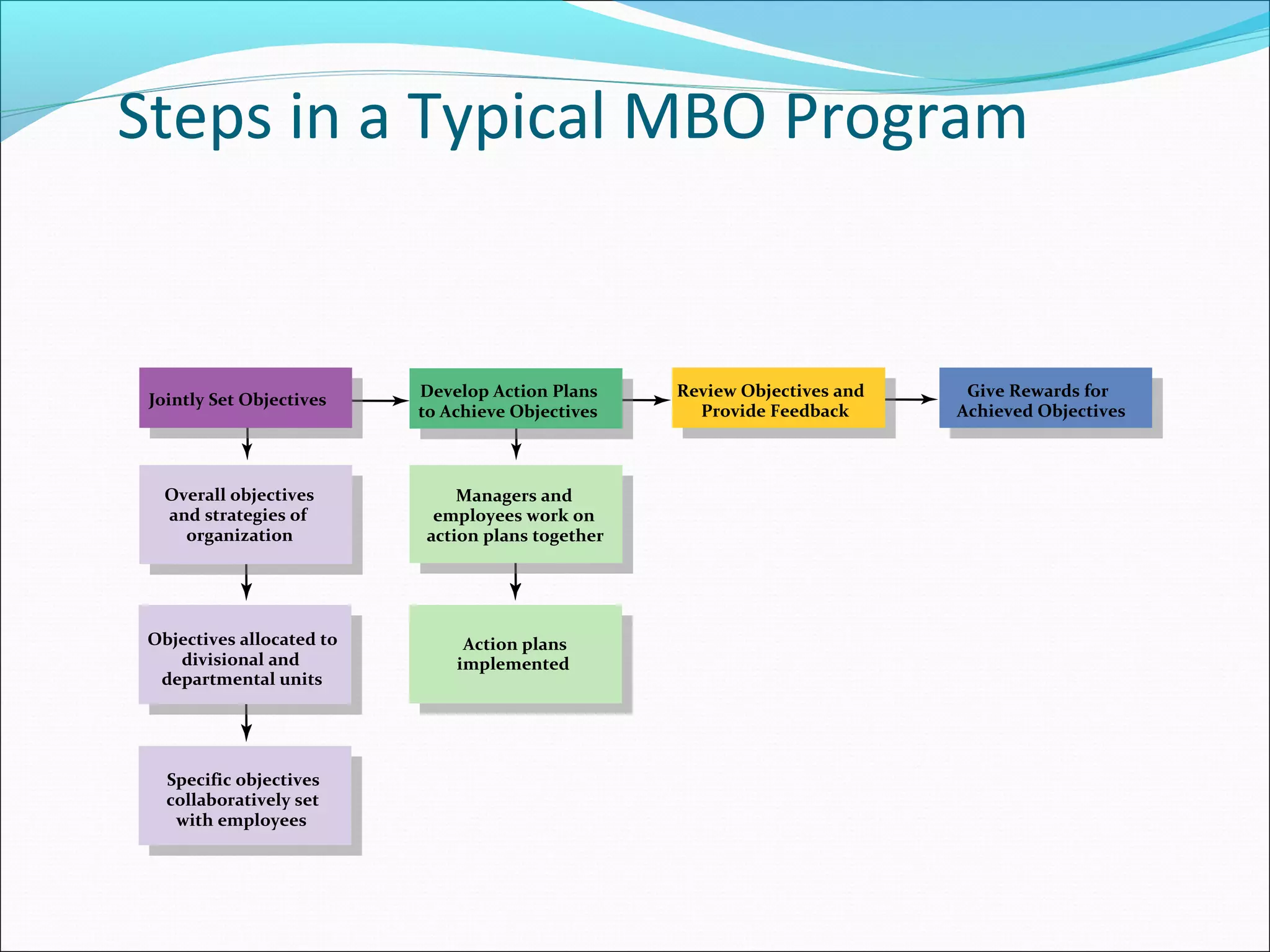Planning is a managerial function that defines organizational goals, establishes strategies for achieving those goals, and integrates plans to coordinate work. Types of planning include formal and informal, with various categorizations based on time frame, specificity, and frequency of use. The planning process involves identifying objectives, developing premises, determining alternatives, and evaluating courses of action to enhance organizational performance and adaptability.





















































